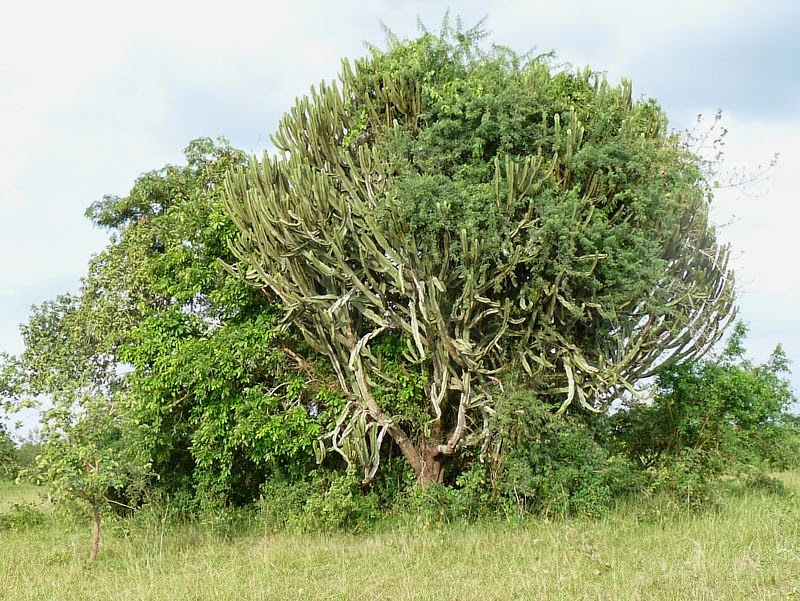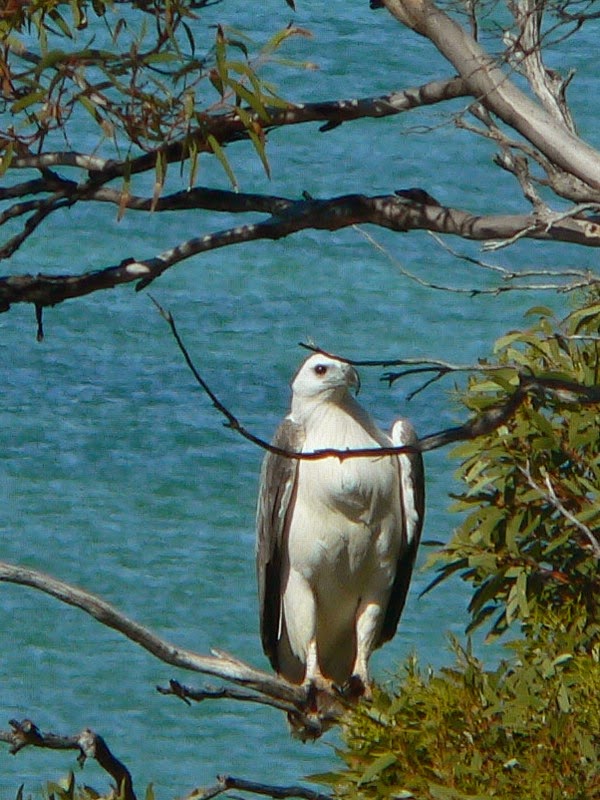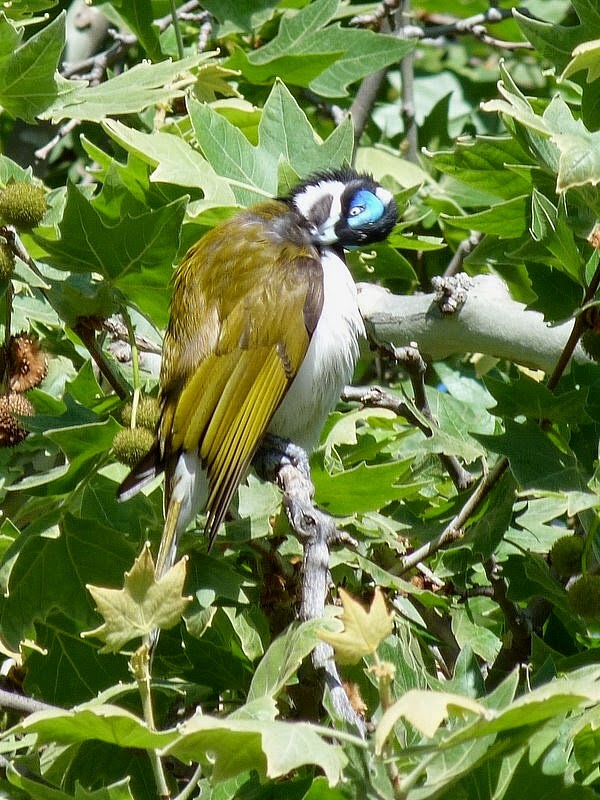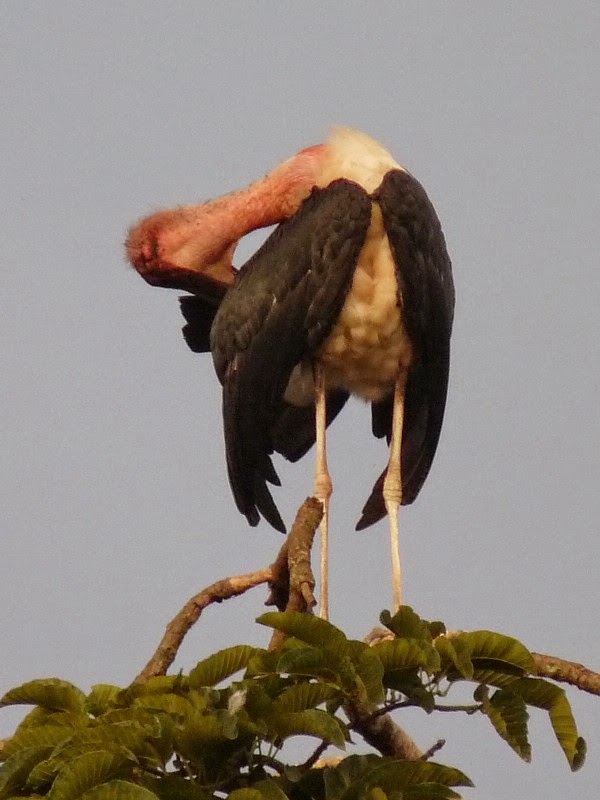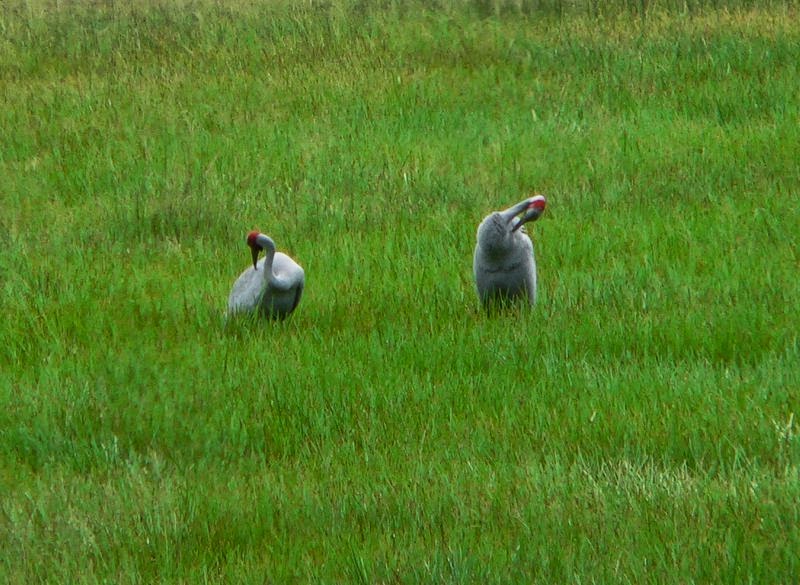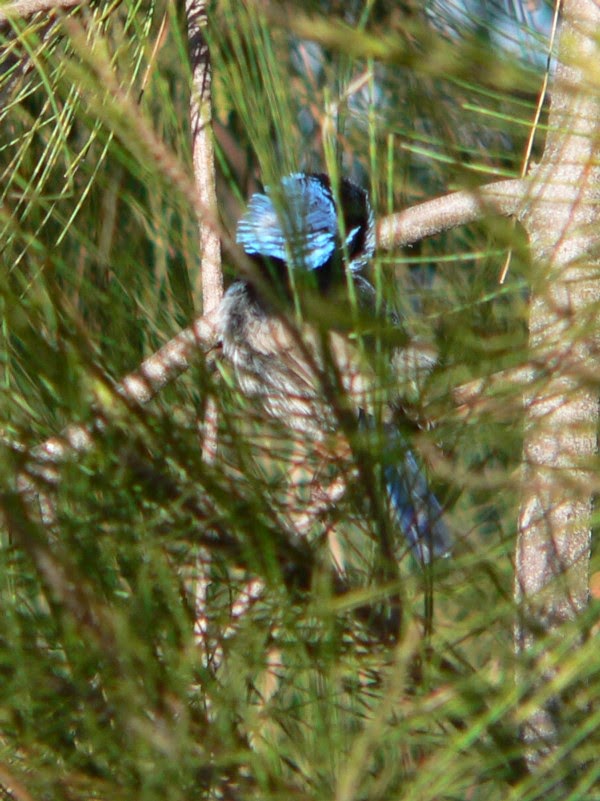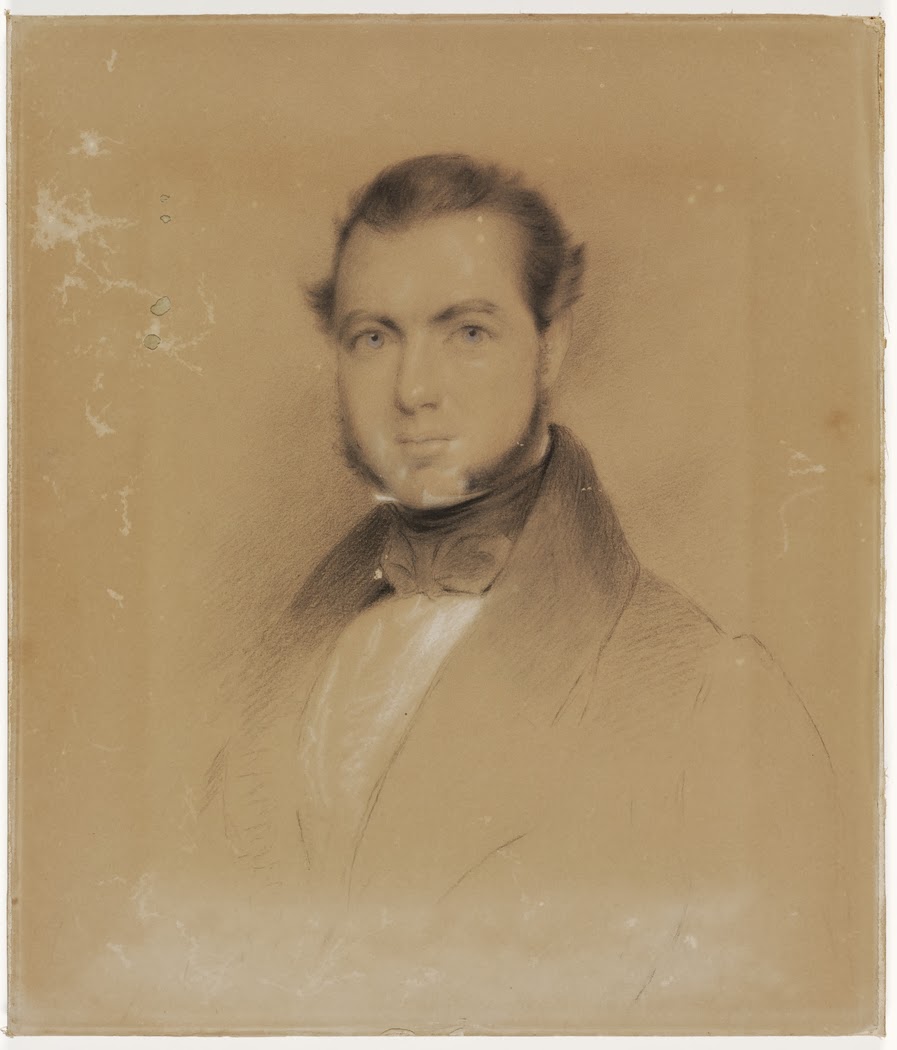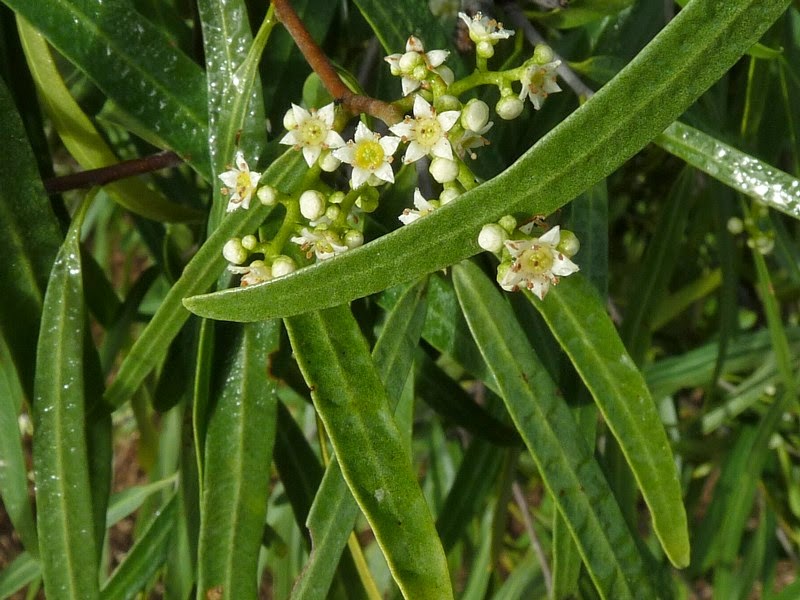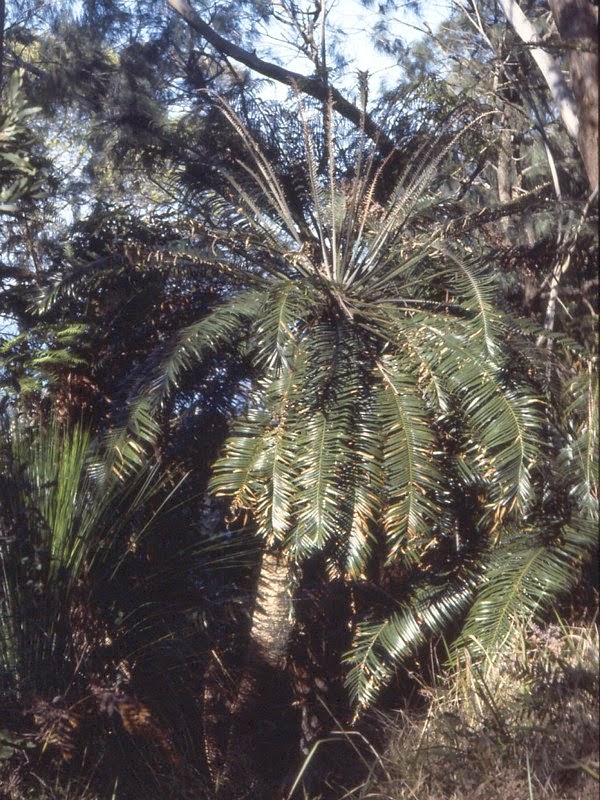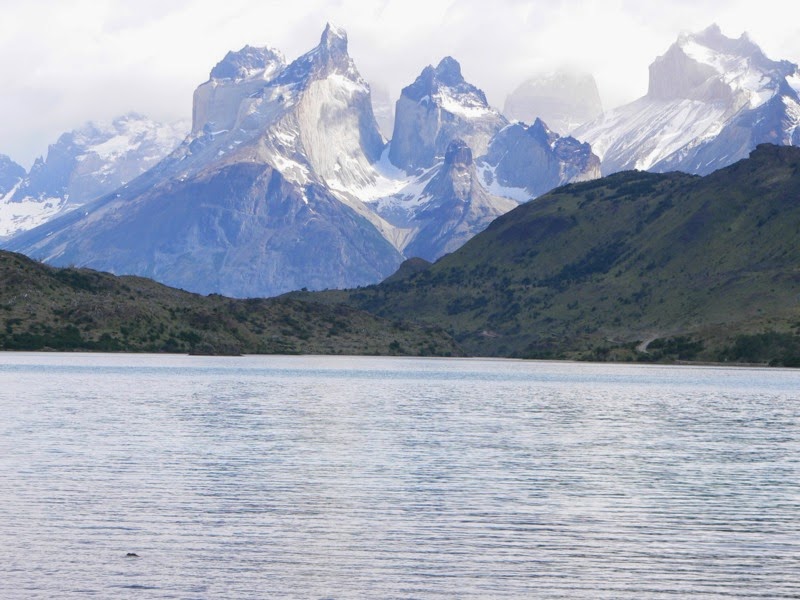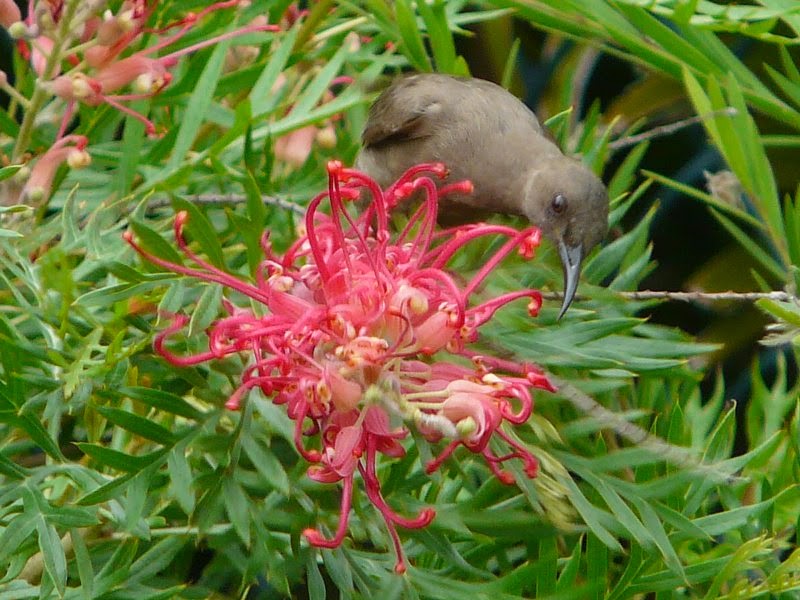Both Charles Moore and Gustav Kunze have made a visible mark on the Australian botanical landscape (or at least its labelling!), and while neither were anywhere near being major players, any story is made up of lots of small incidents and characters.
Moore was born Charles Muir in Scotland, but when his family moved to Ireland they changed their surname to Moore - no explanations available I'm afraid! Charles trained at Kew, and returned to Ireland to work as a botanical surveyor. His work impressed the English botanist John Lindley who was doing a lot of work on the Australian material which was flooding back to Europe, and at Lindley's recommendation Moore was appointed NSW Government Botanist in 1848 (aged just 28), which included responsibility for the botanic gardens.
 |
| Charles Moore, date and photographer unknown. Courtesy State Library of New South Wales. |
He got off to a bad start, through no fault of his own, because the man acting in the job, John Bidwill, was popular and was a local, and Australians were already starting to resent having London impose outsiders on them. The gardens' Committee of Management opposed him and attempted to undermine him for decades to come. Nonetheless Moore threw himself into the job with enthusiasm, and it was not an easy brief, to rejuvenate the badly run-down gardens while maintaining and restoring both their scientific and recreational values. His system of informatively labelling all specimens is still followed.
Within two years he was off collecting in the Solomons, New Caledonia and New Hebrides. He built an educational centre and lectured in it to students for the next 30 years. Later he conducted expeditions throughout wetter New South Wales, including Lord Howe Island, and into Queensland, and made trips to Europe, including on behalf of the citrus growers' association!
He corresponded with the great Ferdinand von Mueller of Melbourne and supplied him with many specimens, but later they reportedly fell out, though I can't ascertain the cause and von Mueller was still naming species for him at least until 1881.
 |
| Macrozamia moorei, in dry ironbark forest, Mt Moffat NP, central Queensland. This big cycad - the largest Macrozamia species in Australia - was named by von Mueller for Moore in 1881. |
Less gloriously perhaps, he notoriously had one JC Dunlop and his wife tossed out of the gardens for displaying 'uxorious affection'; it is not made clear to what extent they were affectionate! Dunlop was outraged and successfully sued Moore (in the Water Police Court??), but no less august a person than the Colonial Secretary crushed the unfortunate magistrate's ruling.
| Pinkwood or Plumwood Eucryphia moorei, Monga National Park, New South Wales; named by von Mueller in 1863. An ancient Gondwanan, with five Australian and two South American species. |
Gustav Kunze died long before Moore, and never came to Australia, but he did have a significant and beautiful Australian genus named for him. Kunzea is in the family Myrtaceae, closely related to Callistemon and like that genus the flowers are dominated by long stamens.
| Kunzea recurva, Stirling Ranges National Park, Western Australia. |
Kunze was a German botanist and entomologist, professor at Leipzig University; fellow German botanist (and zoologist) Ludwig Reichenbach named the genus for him in 1828. Kunze was born in 1793 and died on 30 April 1851. His main botanical interests were ferns and orchids, but I'm sure he would have been pleased with his Australian namesake.
I'm about to go away for a few weeks, taking a group of people to central Australia - please come back and visit again when I get back!
BACK ON 4 JUNE.




+Bundanoon+1008.jpg)



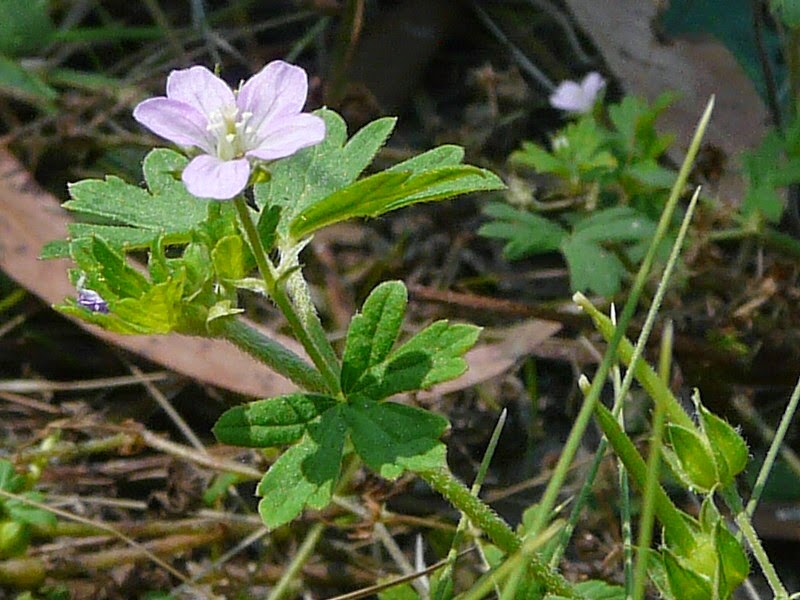









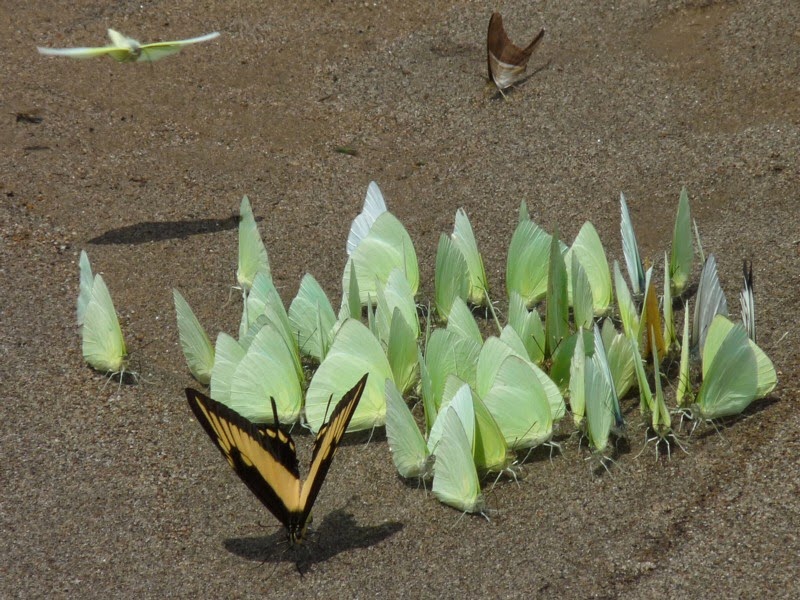


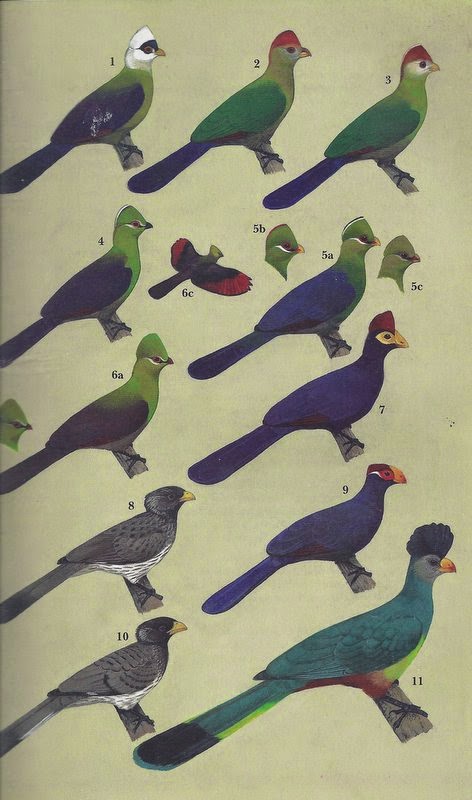

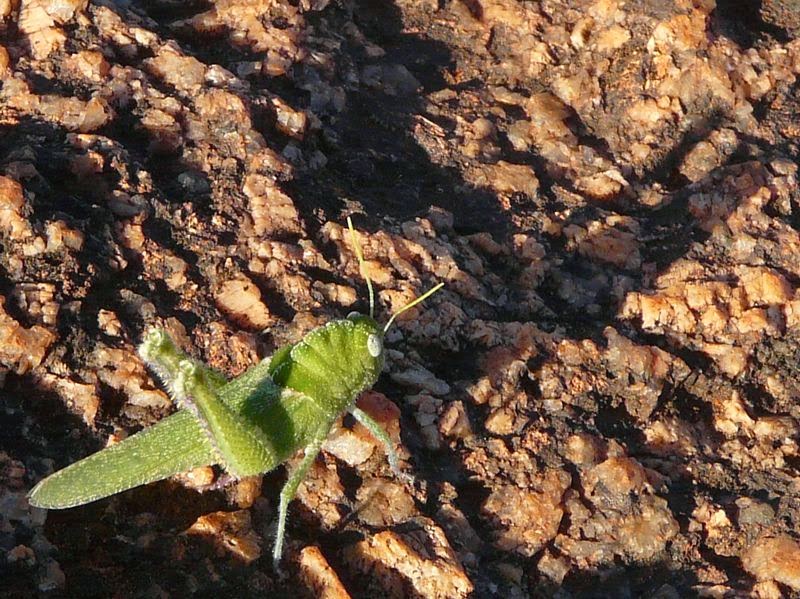


+Nowra+1209.jpg)
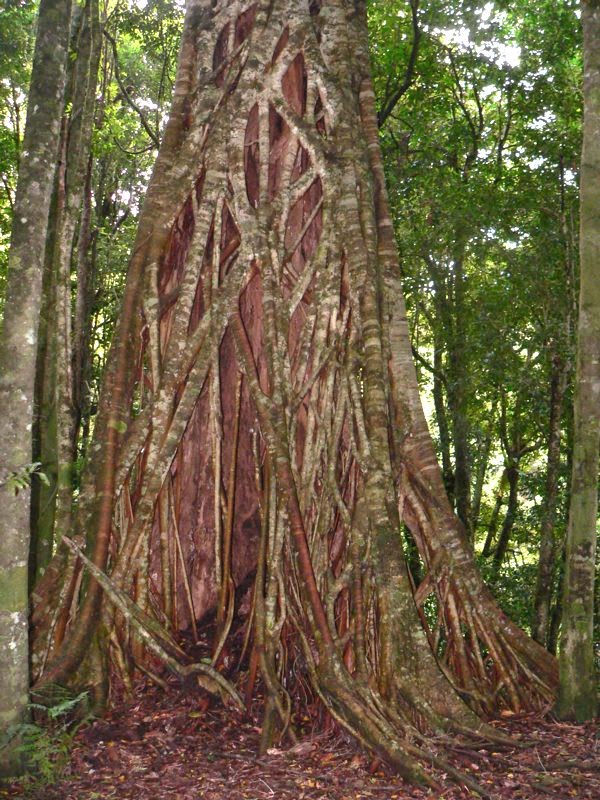+Chichester+SF+1207.jpg)
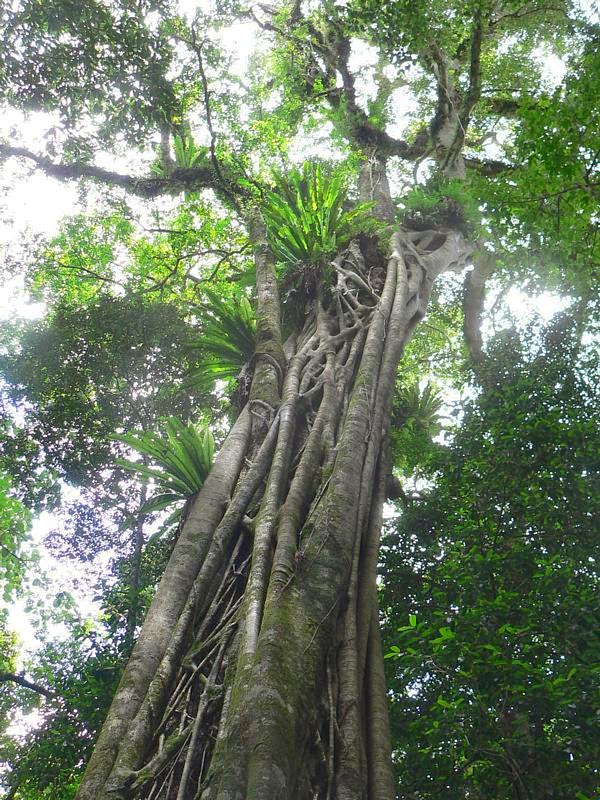+with+epiphytes+Chichester+SF+1207.jpg)
+canopy+Chichester+SF+1207.jpg)
+buttresses+Chichester+SF+1207.jpg)

